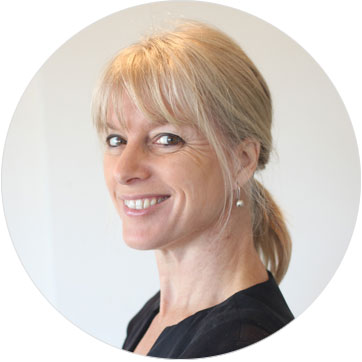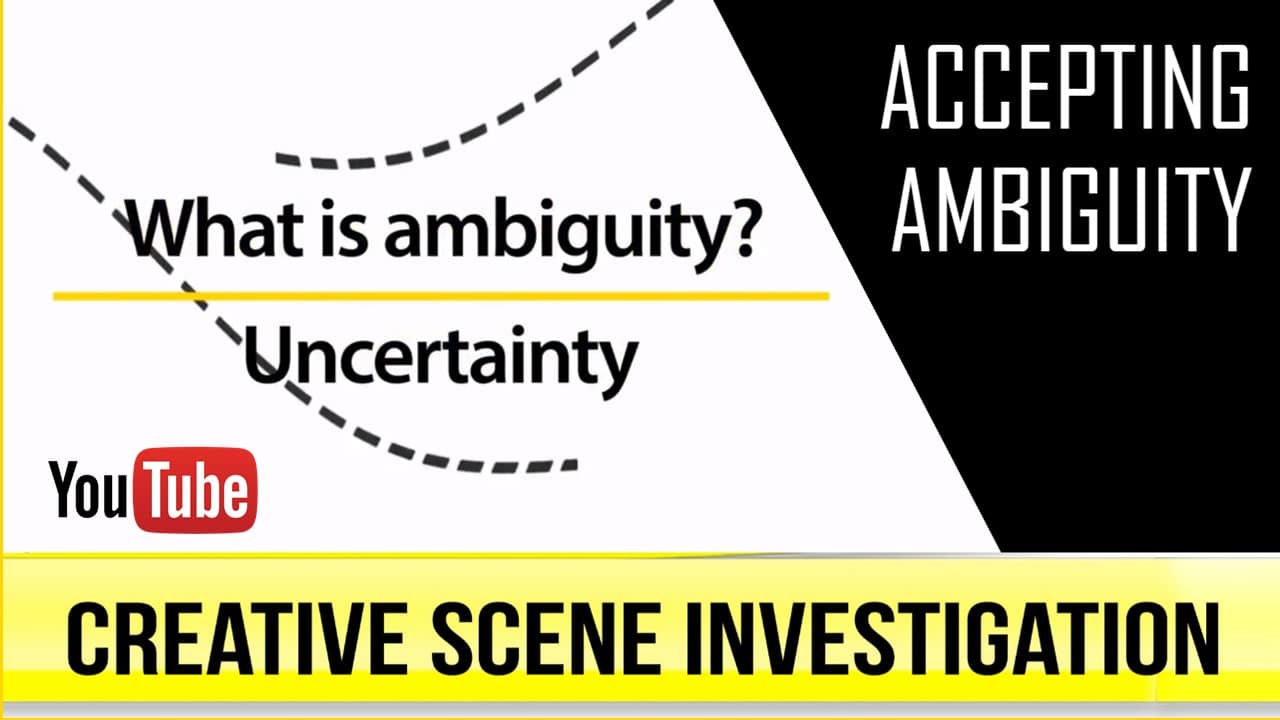Part 2: Accept Ambiguity
By Gaia Grant
The most straightforward solutions are not always the best. In fact, truly innovative solutions can at first seem the most unlikely and can be the most challenging to achieve.
We introduced in the first article in this series that it is important to start by cultivating curiosity and asking the right questions, and the next critical step is then to actively seek and value different perspectives. That can mean learning to welcome and embrace apparently opposing viewpoints.
The danger of prioritizing productivity over originality
With the current emphasis on prioritising productivity and concrete outcomes we can often miss the best ideas that are out on the fringe.
Divergent design thinking teams are on the most ideal position to foster more innovative ideas as they can represent different standpoints. By valuing and encouraging what is unique and novel, it is possible to capitalise and build on unique points of view.
The need for open-mindedness
Diverse heterogeneous teams may possess the most original ideas, but the differences can lead to conflict and friction. Unique ideas in these teams can only be developed through constructive dialogue. This is possible through learning the value of accepting ambiguity. The most successful boards, for example, have been found to embrace ambiguity through critical dialogue.
The importance of accepting ambiguity in the creative process by resisting shutting down challenging ideas too quickly has been identified in The Torrance Test of Creative Thinking. Establishing a culture of open-mindedness, in which unfinished or challenging ideas can comfortably be voiced and developed, ensures maximum creative input from all those involved in the design thinking process.
“ Research suggests that highly creative adults have usually been raised in families that don’t just accept differences – they actually embody opposite perspectives. ”
Trialling different lenses
Accepting uncertainty can actually open up more possibilities and provide the opportunity for more creative options to emerge. It is an open vision, often through trialling completely different lenses, that enables sight beyond what is the most obvious immediately in front of you. Through the process of accepting ambiguity the problem solver is able to consider all possible options, and create new opportunities that didn’t previously exist. This strategy can prepare the individual for the exploration phase of the creative thinking process.
Moving from ‘either/or’ thinking to ‘AND’
Typically we think we can only choose one polar position or another. But the most creative solutions can balance both. Thinks about how many individuals and organizations focus on either having a purpose or making a profit. Yet social enterprises seek to fulfill a social purpose AND remain financially sustainable.
Embracing apparently opposing positions can be incredibly empowering and can enable the most innovative thinking.
To manage this phase effectively:
- Welcome and embrace alternative perspectives to generate a wider field of ideas.
- Critically analyze apparent ambiguities to identify how to move from an ‘either/or’ mentality to embrace both through an ‘and’ mentality
- Identify where closed-mindedness might be holding back true creativity and ideation.
- Approach situations of feared potential failure and uncertainty with courage.
If you are interested in learning more about Accepting Ambiguity as a key strategy to help develop creativity watch the video here and see a sneak peek at at other strategies to prepare for Design Thinking.
For the complete list, visit the CSI2: Design Thinking Strategies video series.
Try the Innovation Change Leader iCLi assessment to identify if you are an innovative leader: https://the-innovation-race.com/ (full company assessments & mapping are also available)

Gaia Grant (PhD) is a lecturer and researcher at the University of Sydney Business School in the Discipline of Strategy, Innovation, and Entrepreneurship, focusing on research into innovation paradoxes and ambidextrous leadership. Gaia is also a Director of Tirian Innovative Solutions, & the co-author (with Andrew Grant) of a number of books including ‘The Innovation Race’, and “Who Killed Creativity?”.

Andrew Grant is the Director of Tirian Innovative Solutions, and co-author (with Dr Gaia Grant) of a number of books including ‘The Innovation Race’, and “Who Killed Creativity?”.



